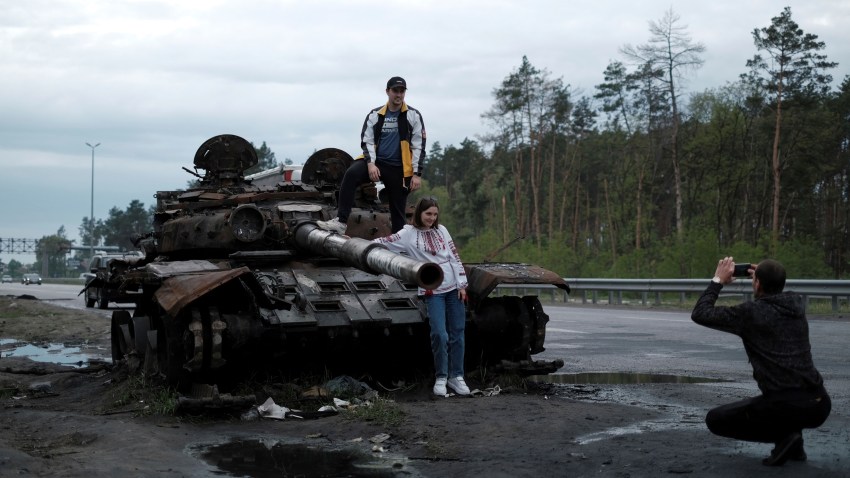Over the past decade, grabbing a smartphone to check the latest news updates has become the first reaction of many people to crisis. The ability to access video footage of breaking news on the screen of a portable device small enough to fit into one’s pocket would have seemed like a science fiction plot device as recently as the 1990s. It is now such an integral part of contemporary reality that it shapes how scholars, analysts and governments interpret events unfolding around them.
However, state institutions and academic disciplines are still grappling with the implications of rapid technological change for research and analysis. As images and information flood through social media, the challenges of interpreting such data surges are often underestimated in the rush to generate quick explanations for a wider public. As scholars like Andrew Hoskins and Matthew Ford have pointed out, in the midst of such scrambles to shape a narrative, the fragmented nature of these information flows can distort perceptions of events as much as historical forms of media manipulation did before the advent of digital technology.
The opportunities and pitfalls presented by such real-time information flows have been visible in debates over the lessons that militaries can learn from Russia’s invasion of Ukraine. From the initial attack in February 2022 through to the Russian military withdrawal from northern Ukraine in early April, a flood of battlefield imagery on social media generated narratives surrounding Ukrainian successes and Russian failures that needed substantial reassessment as more information emerged.

